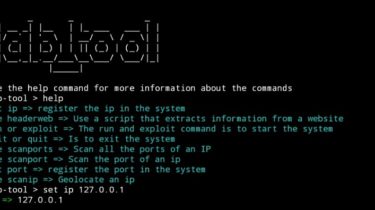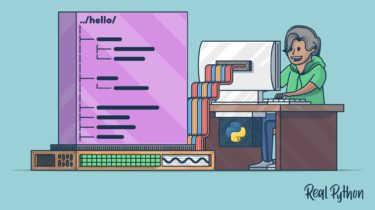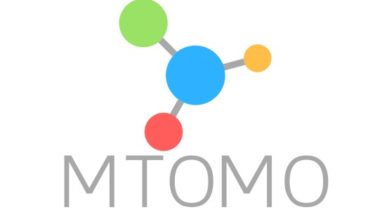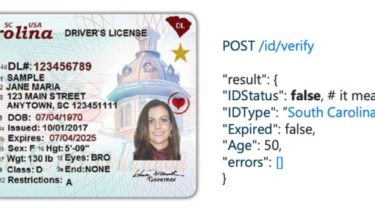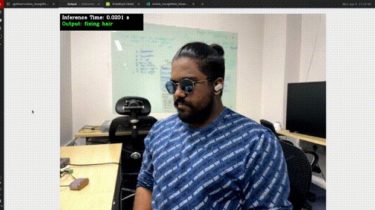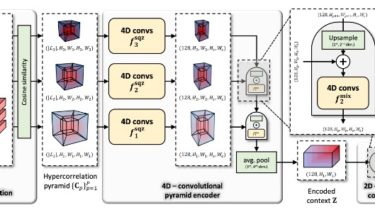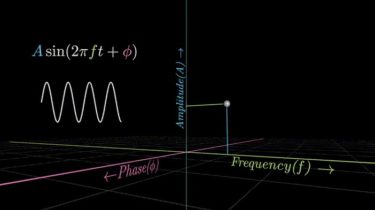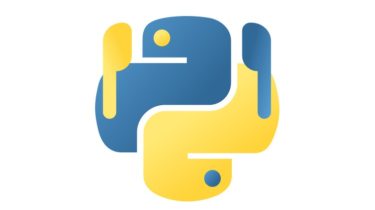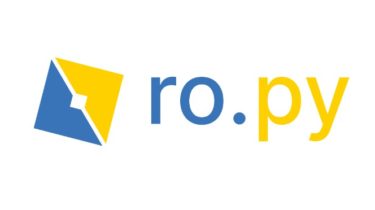A system that is used for ethical hacking and computer security tests
lab_tool is a system that is used for ethical hacking and computer security tests, this system is also a python library. Warning This tool is only for educational purpose. If you use this tool for other purposes except education we will not be responsible. Pre-requirements The requirements to use the system is to have the following python modules installed: colorama requests wheel Installation To install lab_tool on linux run these commands on your Linux Terminal. git clone https://github.com/dylan14567/lab_tool cd lab_tool […]
Read more